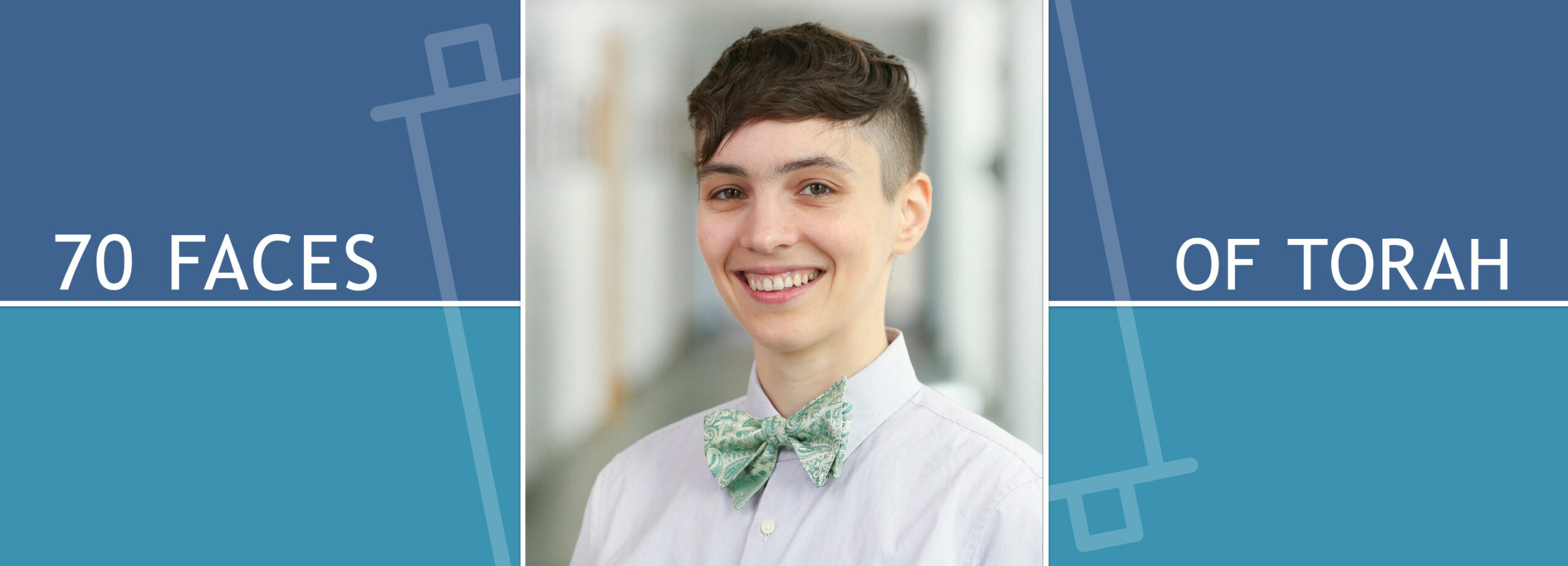Leviticus Teaching at the Edge of Mystery

Parshat Shemini (Leviticus 9:1-11:47)
On a Tuesday towards the end of last summer, I sat in a classroom at my shul, across the table from two twelve-year-old boys. It was the first of many lessons we would have together in the course of their Bar Mitzvah studies and we were discussing their Torah portion assignments.
One would be chanting from and speaking about Parshat Shlach Lecha, with its themes of perception, doubt, fear, and courage. The other had been given Parshat Shemini, in the thick of the Book of Leviticus. One look at this student’s wide eyes as we outlined the content of his parsha told me just how much work lay before us.
While the parshiyot on skin disease may be the most common fodder for comedic B’nai Mitzvah horror stories, this parsha must come in a close second. We open with the newly ordained levitical priests, Aaron and his sons, beginning to officiate in the tabernacle. Through the divine game of telephone, God tells Moses to tell Aaron about the specific rules for certain offerings. In the first two aliyot, that procedure is explained and followed in exquisite detail, down to last smoking oxtail on the altar.
Then, in my student’s wryly perceptive words, “things get weird.” Nadav and Avihu, Aaron’s sons, each took his pan and placed incense upon it and they sacrificed before God strange fire, which God had not commanded them to do. Fire went out before God and consumed them and they died before God (Leviticus 10:1-2).
I have read these verses countless times, but each time feels like the first. I’ve translated zarah, the adjective attached to the fire, as “strange,” as “foreign,” as “unfamiliar.” I’ve studied commentaries on the verses, both classical and contemporary. Maybe the problem is with the offering. Maybe the problem is with the intention behind the offering. Maybe the problem is with the unfathomable whims of an inscrutable deity. These possibilities float together on the surface of my understanding, but none of them sets down an anchor. There’s no way around it: I just don’t get the story of Nadav and Avihu.
We were months into the study process before I realized I hadn’t shared this fact with my students. I wasn’t being intentionally evasive, but I had a persistent, unconscious feeling that I would eventually figure out the story. That, in order to teach it well, I needed to do so.
It took a direct question from one of my students to show me I was wrong. “I know you want us to figure it out for ourselves, but what do you think it means?” he asked one Tuesday afternoon. I paused before replying, “I don’t know what it means. I know what the commentators we’ve studied together say. I know some possibilities. But I don’t have an answer.” The boys looked at me, then at each other. “You really don’t know?” they asked. “Really,” I said. “So let’s see what we can figure out together.”
This Shabbat morning, my student will be called to the Torah as a Bar Mitzvah, a son of the commandments. He will share his powerful drash on the parsha, where he will focus not on the death of Nadav and Avihu, but rather on Moses’ reaction to tragedy. He will speak about how one’s response to to scary, mysterious events can be guided by fear or by love. He will show our community how he can speak with insight and clarity about aspects of our tradition he does not fully understand.
Sometimes, being a teacher means that I know a text inside and out before the lesson begins. Particularly when I teach Talmud, I feel ready to teach a text when I own it, when I’ve internalized the structure and flow of the debate, the framing context, the resolved and unresolved questions. Sometimes, being a teacher of Jewish text means unlocking the understanding that my teachers unlocked for me.
And then there are other times when being a teacher means something subtly but significantly different. In my first year of being a rabbi, this may be one of the most important things I’ve learned. I don’t always have to understand a text fully in order to be the teacher my students need. I need to know the words, sure, but there are times when being transparent about what I don’t understand is more useful to my students than any answers would be. There are times when being a teacher means that I am ready to be a partner in the confusion, the ambiguity, and the weirdness of our tradition. It means that we walk up to the edge of the mystery, sit down, and start learning together.
Rabbi Gray Myrseth was ordained in 2017 by the Hebrew College Rabbinical School of Newton, MA, and is currently serving as School Director at Kehilla Community Synagogue in Piedmont, CA.
Interested in a possible career in the rabbinate? Read Rabbi Dan Judson’s article “Jewish Lessons on Meaningful Work.” Rabbi Judson is Dean of the Rabbinical School of Hebrew College. He has a PhD in Jewish history from Brandeis University.

